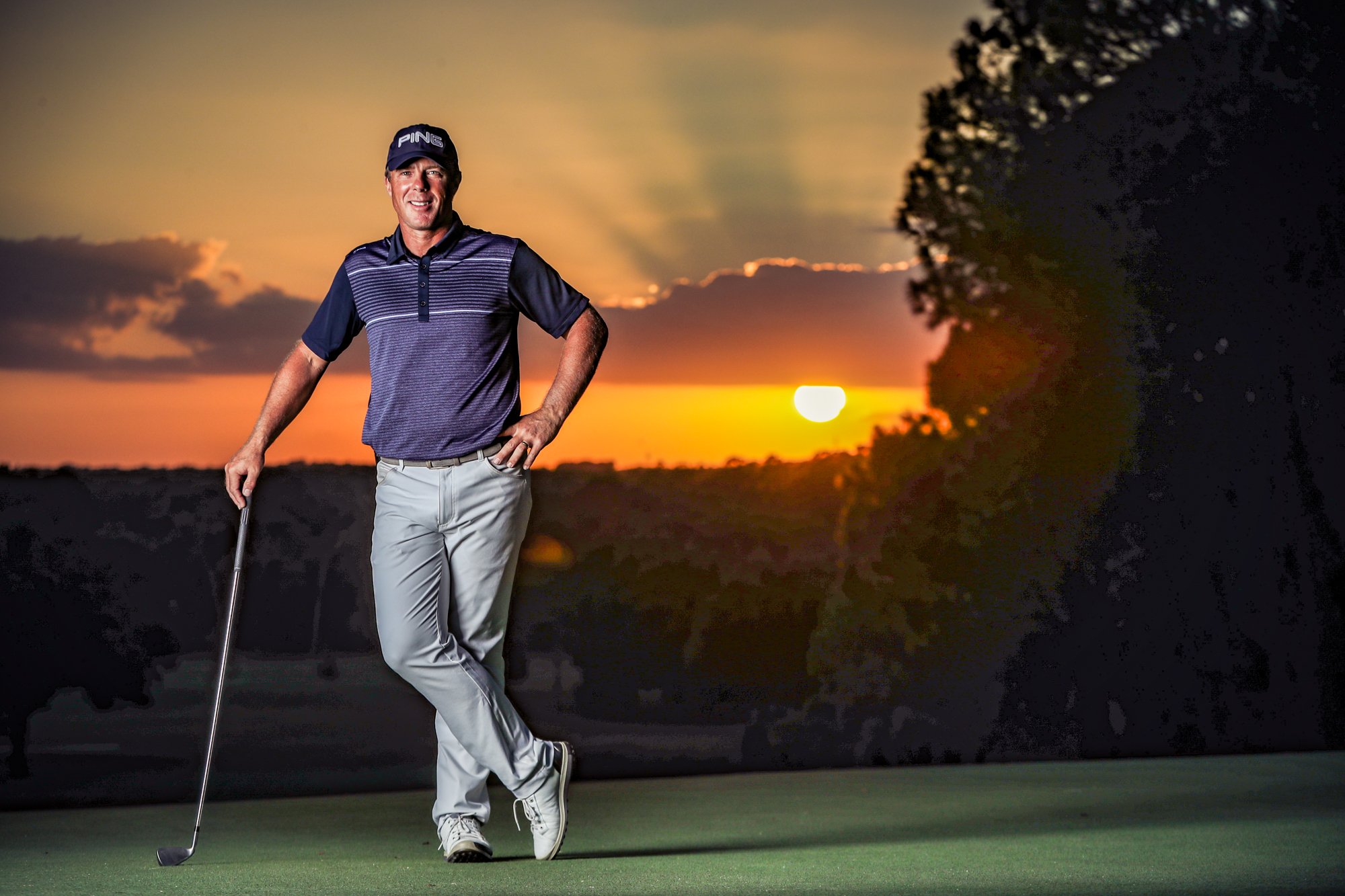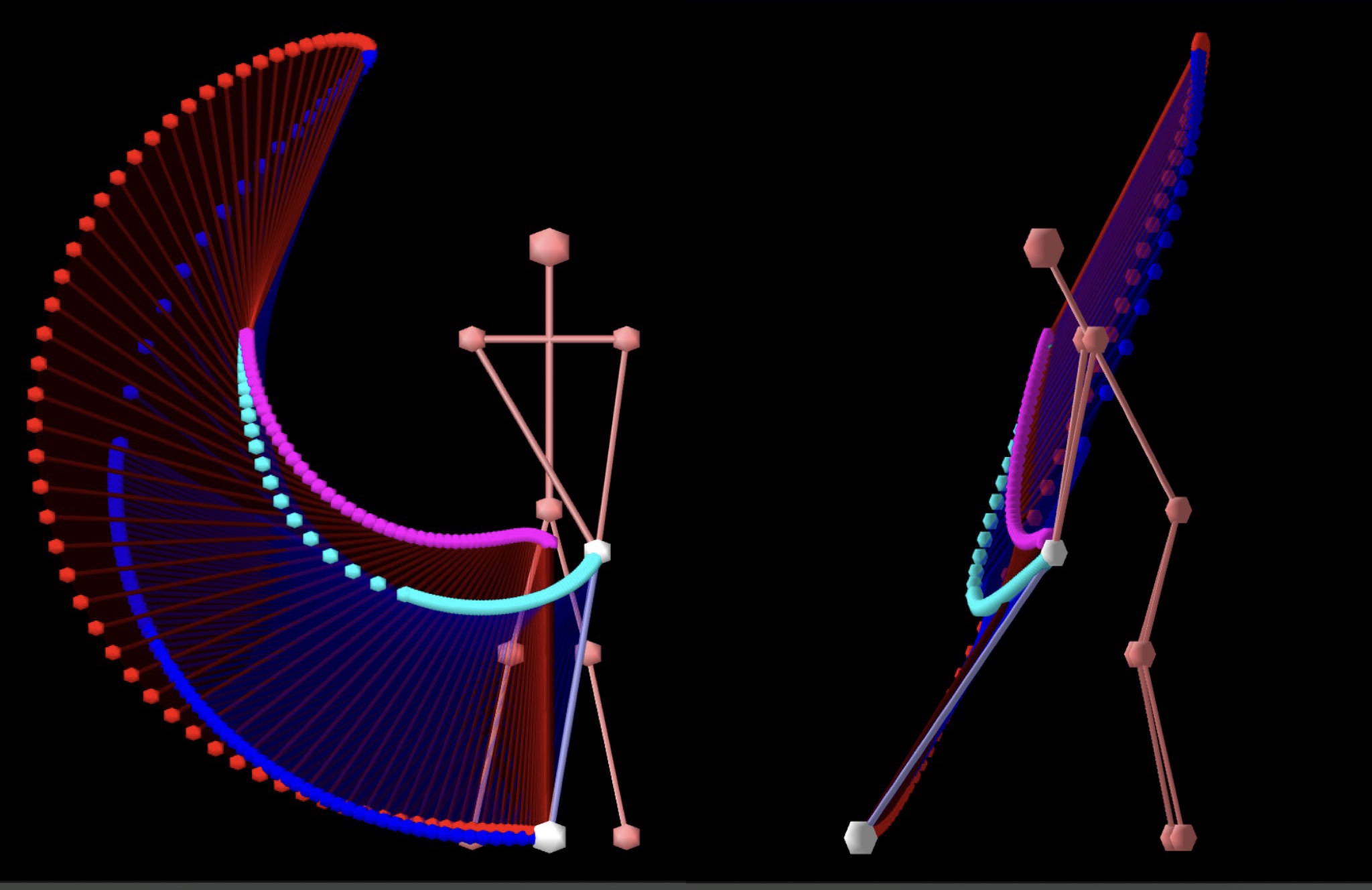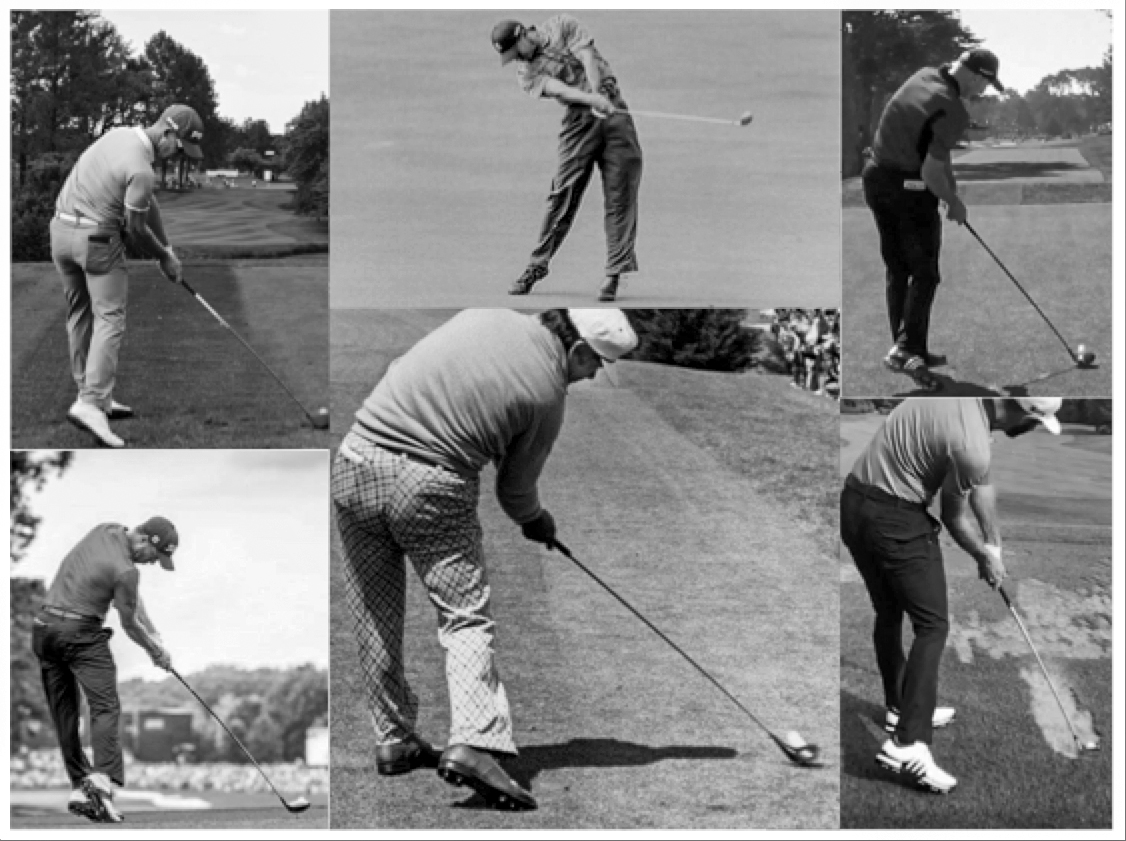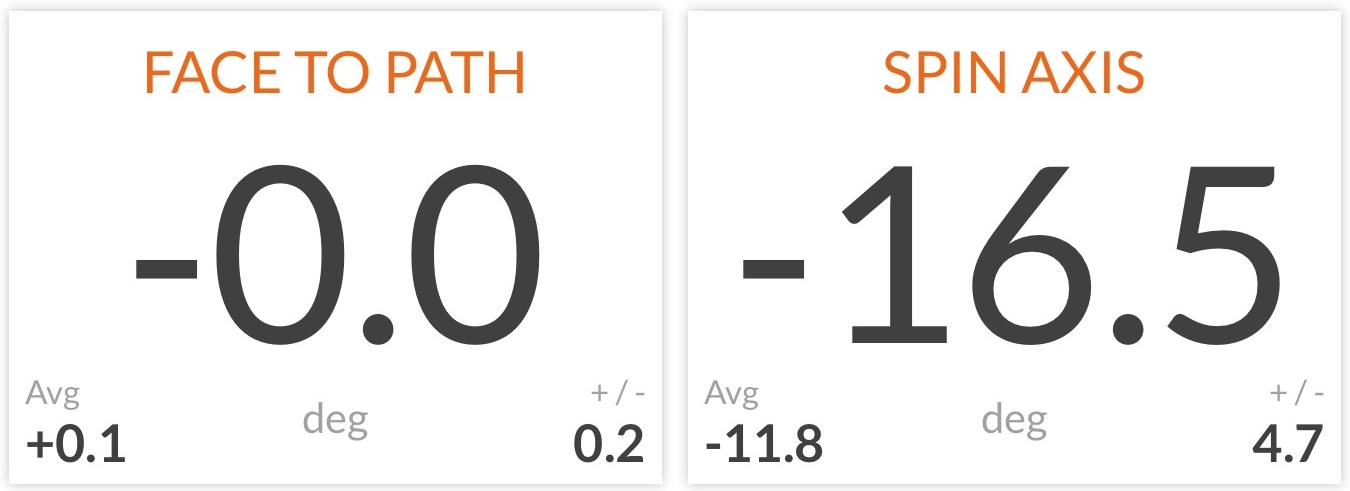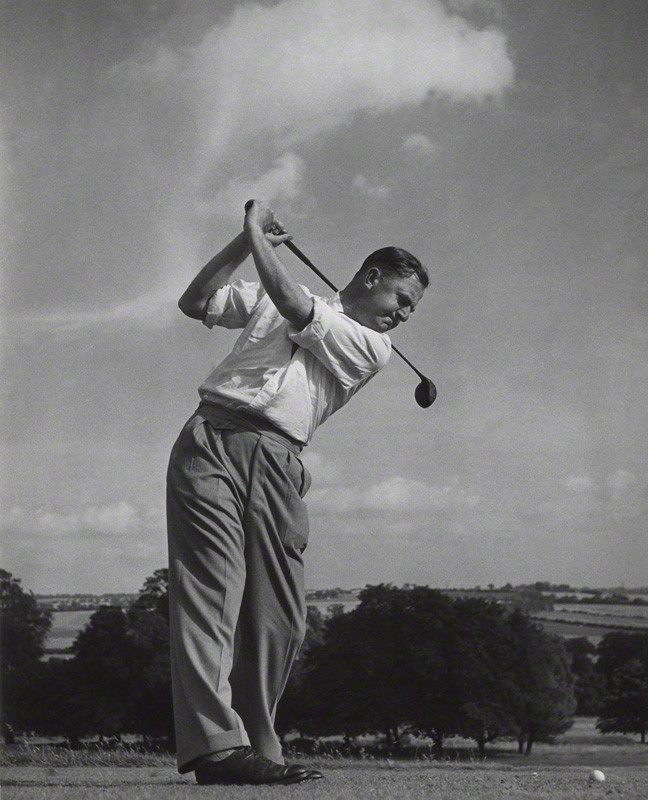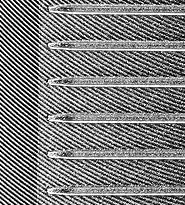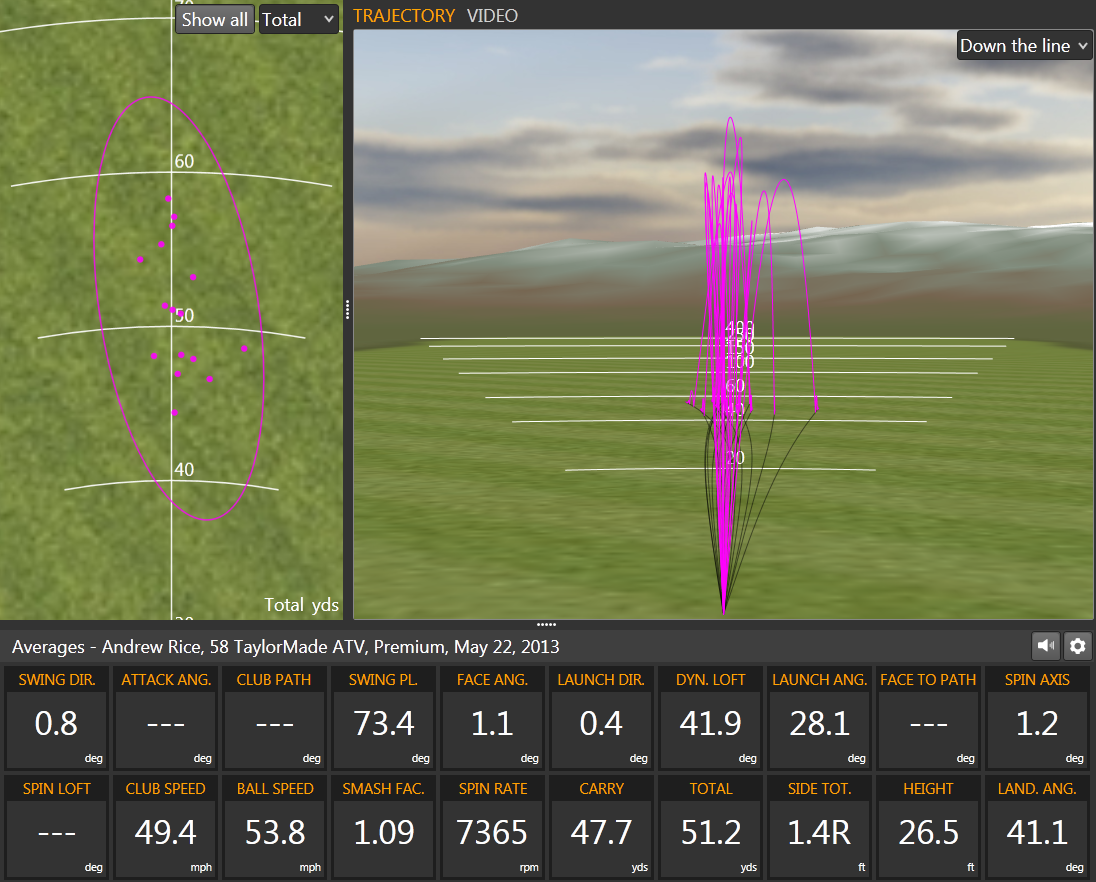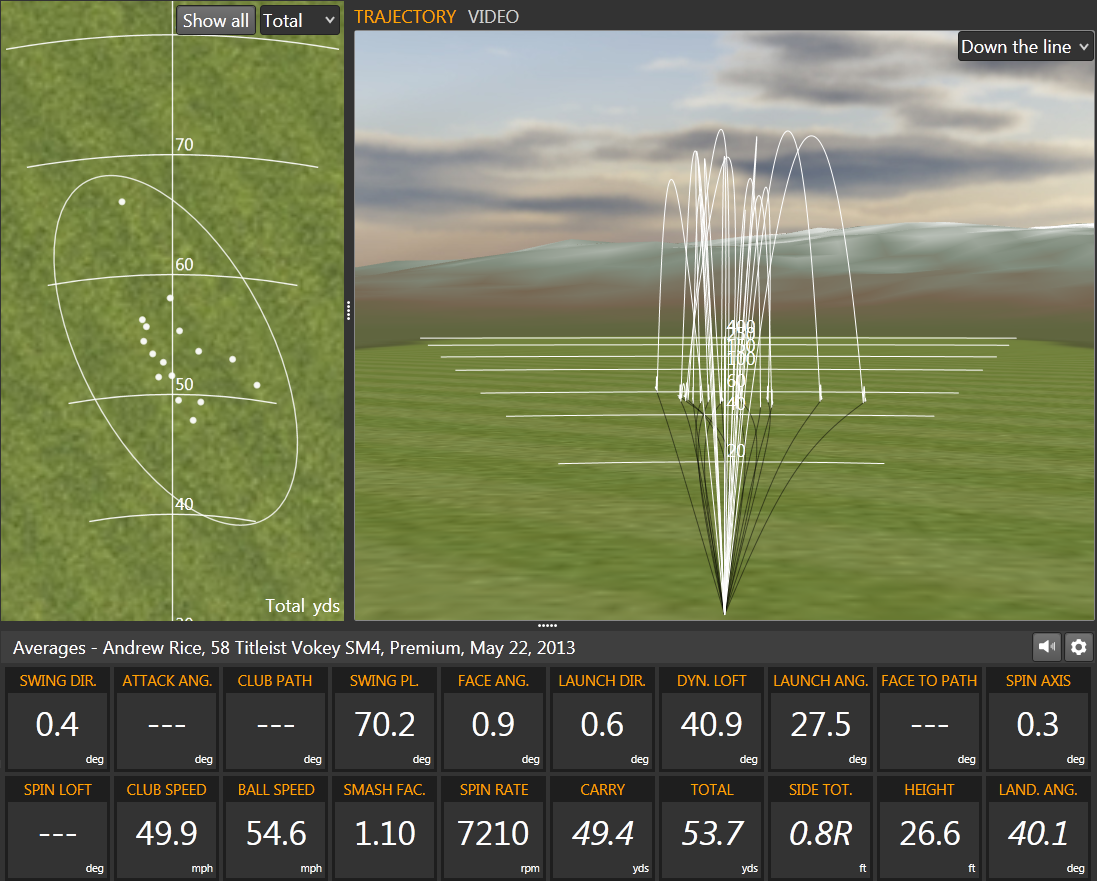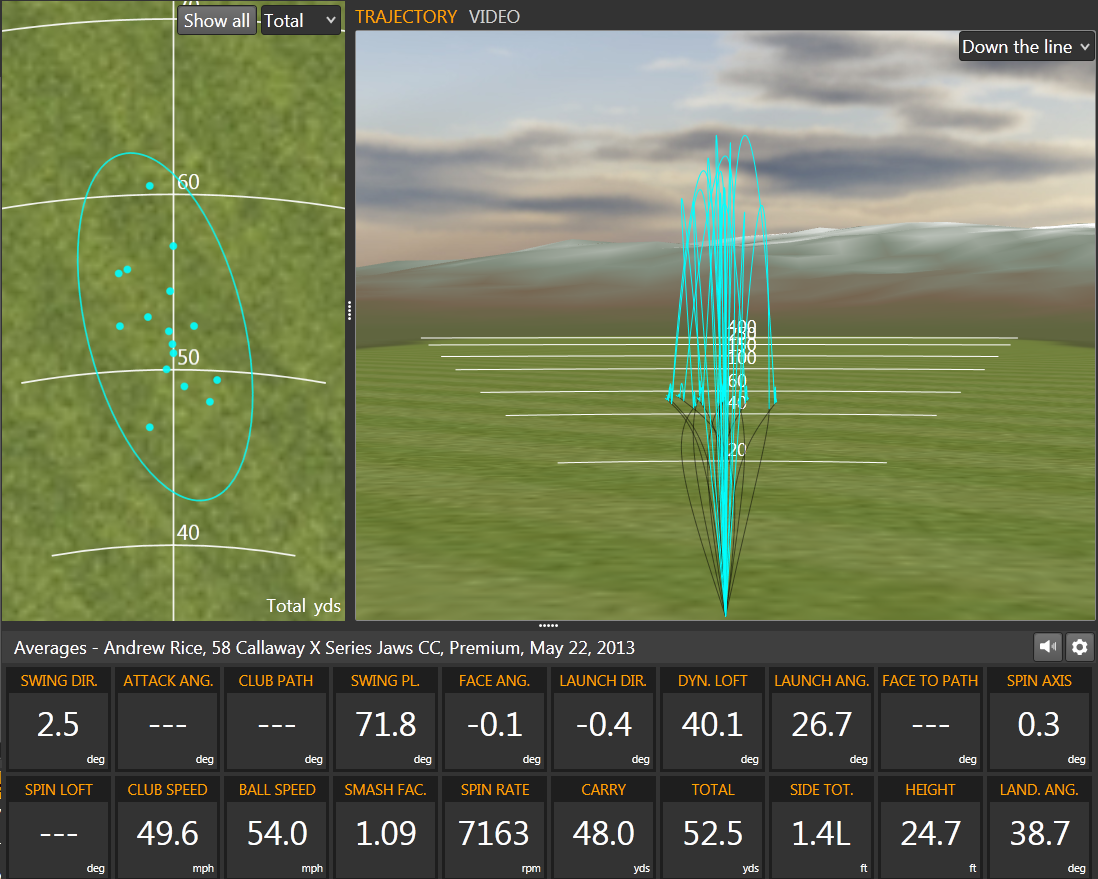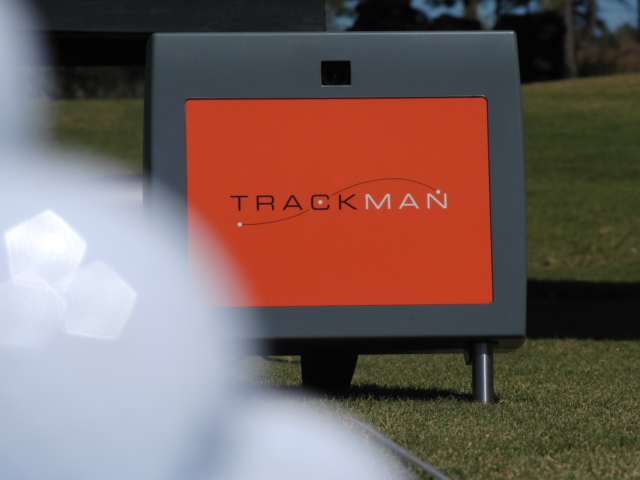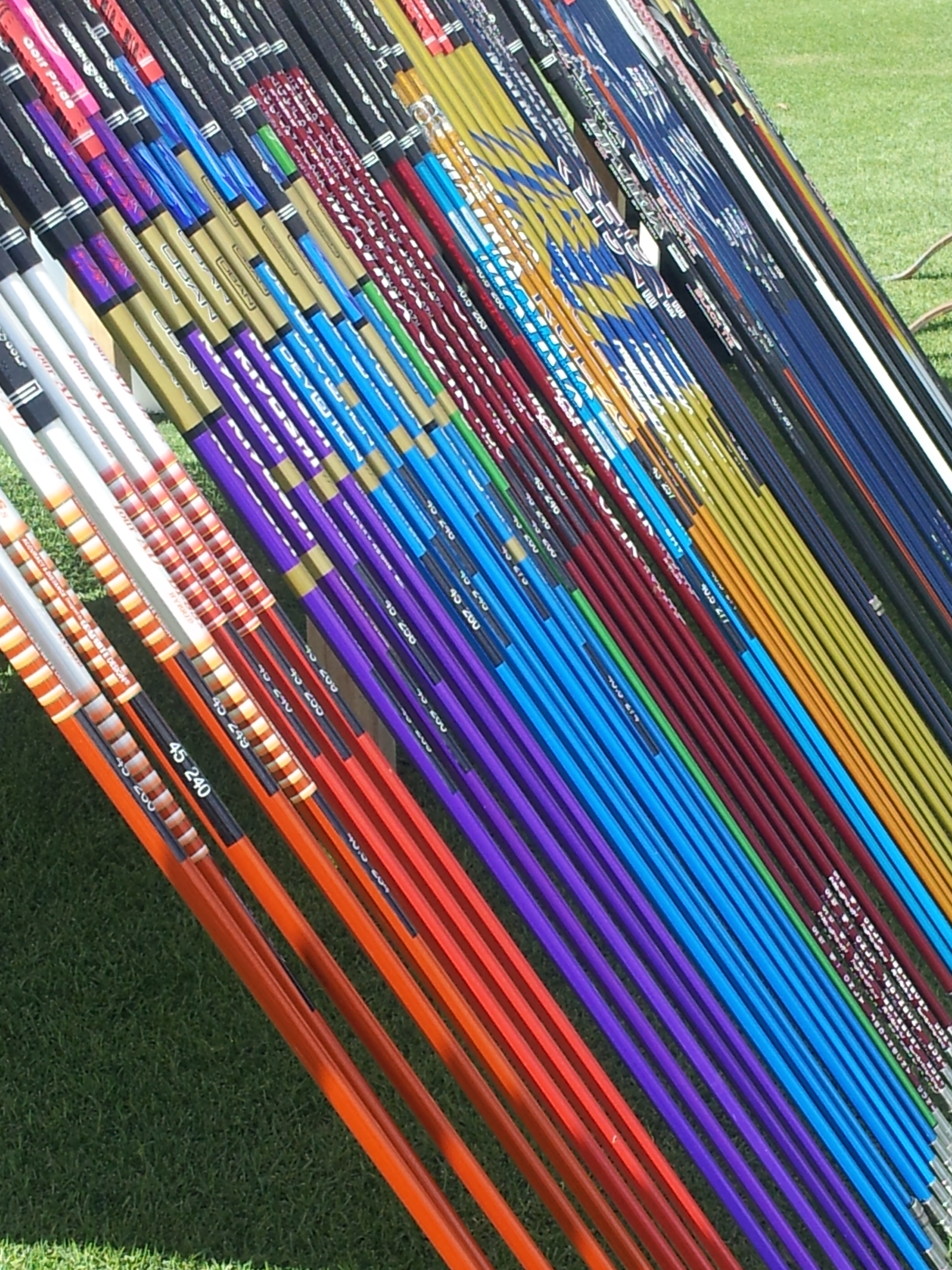What Affect Does Temperature Have?
/We all know that the ball doesn’t travel as far when it’s cold and it seems to go a little farther when it’s really hot, but how much influence will temperature have on my carry distance?
Golf is a sport that requires skill, technique, and precision. One of the factors that can affect distance is temperature. Temperature can have a significant impact on the distance a golf ball will travel, as it can affect the ball's flight characteristics along with the golfer's swing mechanics. In this post, we will explore the effects of temperature on ball flight only. We don’t delve into the affect that all the extra clothing you’re wearing because it’s so cold will have on your ability to swing. This is only the effect of temperature on ball flight, not on our ability to swing the club normally when it’s either cold or hot.
Here is a chart that I created with the help of the engineers at PING. It’s super simple and easy to remember - just the way I like it!
Temperature Data:
Most of our club carry distances are acquired in temperatures close to 75º F (24º C)
For every 10º below 75º each club in your bag will CARRY (approximately) 2 yds shorter
For every 10º above 75º each club in your bag will CARRY (approximately) 2 yds longer
This is a rule of thumb to help you make better informed club selection choices
Please keep in mind that this does not factor in wind, altitude or the human factor of less/more speed generation in colder/warmer temperatures. This is strictly how the carry distance is affected in differing temperatures.
The primary reason for the differences we see is that temperature can affect the air density, which, in turn, affects the golf ball's flight. As the temperature increases, the air becomes less dense, resulting in a decrease in air resistance. This reduction in air resistance allows the golf ball to travel farther through the air. Conversely, as the temperature decreases, the air becomes denser, increasing the air resistance and reducing the distance that the golf ball will travel.
Temperature changes will affect the distance a golf ball travels. Golfers must be aware of the temperature, altitude, humidity levels, and their club selection to achieve the desired carry distance. Understanding how temperature affects your game can help you make better informed decisions on the course, leading to better scores and more enjoyable rounds.


